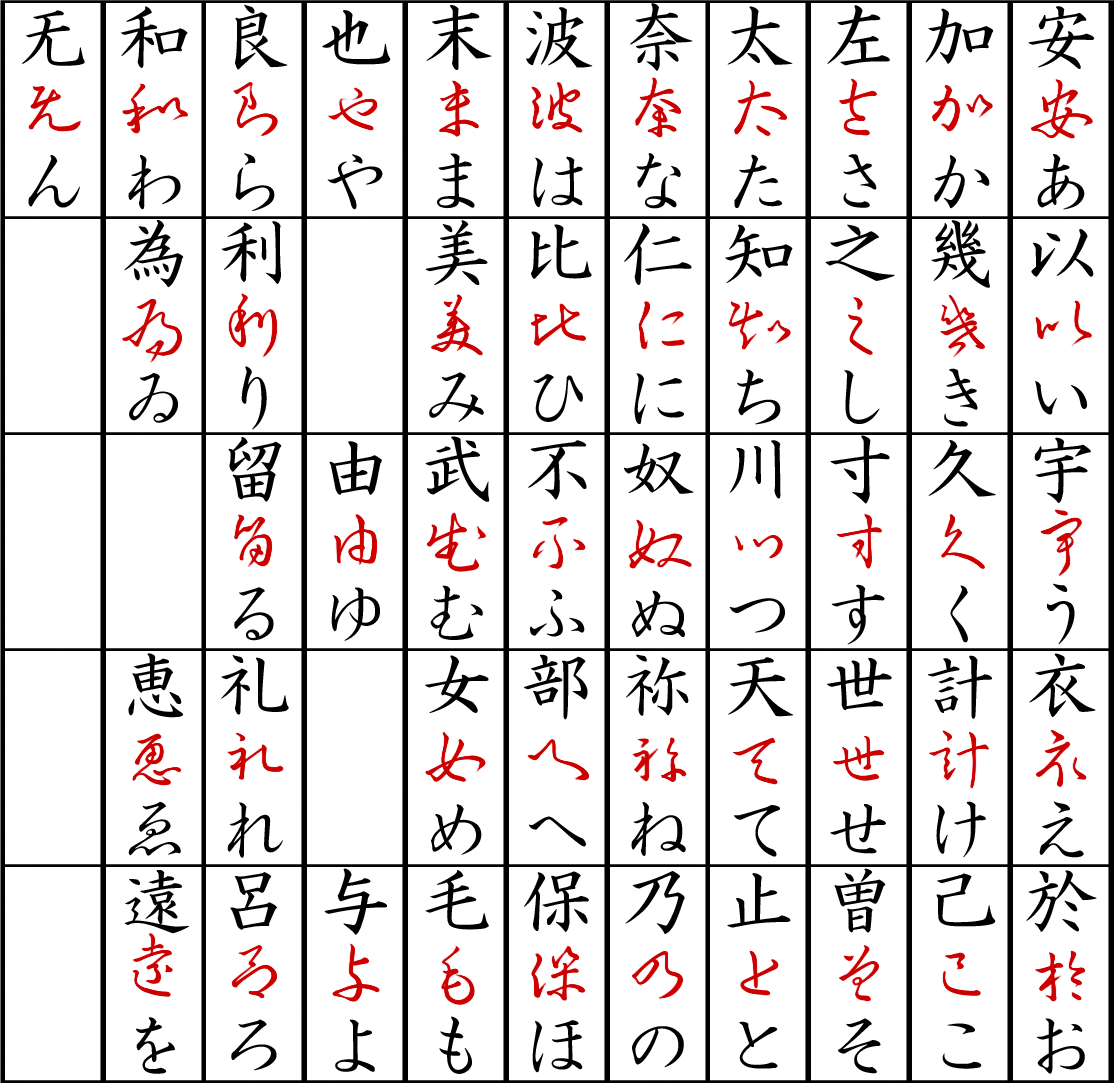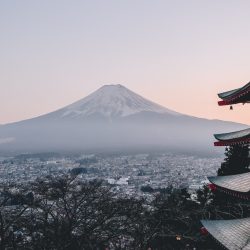You fear them or you love them, they amaze you or they plunge you into despair. The much-dreaded Kanjis are divisive and fascinating. But where do they come from, and how old are they? Let’s dive into the origins of the Kanji.
In the beginning, there were bones.

Archaic Chinese characters carved in an Ox bone, circa 1200 BCE
Hold on, this sounds super ominous, but it’s actually not that bad. We just need to go back a mere 3200 years in the past, in China. At the time, complex divinations involved carving ox bones with writings. It would then be heated until it cracked, revealing the script of your future. We couldn’t verify it worked, but it provided historians and linguists with something amazing: ancient Chinese logograms printed in a material very hard to alter. Plus it looked super cool.
Why are we talking about China again?
Ok, ok, let us flash forward to the beginning of the Common Era in Japan, around 50CE. At that time, the bad news: we have basically no idea what the Japanese language was like. That’s because it hadn`t been written yet, or at least we have no trace of it. In this period, artefacts from China begin to circulate in Japan. They are marked with strange symbols, you guessed it, not unlike the ones on our bones. However, it will take another couple of centuries before they figure them out. We promise to teach you faster.
Let’s jump to 700CE, Japan. It’s the Yamato era, trade with the big neighbour is now at an all-time high, and that’s when we got ourselves our first written kanjis in Japan! A very exciting document indeed, attesting of some salt and cloth trade with China. But was it really Japanese yet? While the Japanese language itself was certainly a thing at the time —and had been for at least a millennia— this record seems to have been good old Chinese, just written in Japan. Still, this qualifies as the origins of the Kanji in Japan.
Are they gonna write Japanese already?
Yes, but it’s complicated. Actually Japanese itself is complicated; like really complicated if you think about it. Indeed one may very well wonder: why on earth are they using three writing systems? The short answer is Kanji, Hiragana and Katakana sort of developed distinctively. Let’s focus on our Kanji first.
During the Heian Period, around 800CE, Chinese characters see several additions and modifications to write Japanese. The result is a mixture of classical Chinese and Japanese: the Kanbun (漢文, literally “Chinese Writing”). Remarkably, Kanbun would continue to be used until the second world war.
First, Kanjis were given a Japanese reading, the Kunyomi, as opposed to their Chinese reading the Onyomi. Both were used depending on the context and it is still the case today. Early in Kanbun development, diacritics appear, allowing for more Japanese grammar to be written with kanjis. Later on, hiragana and katakana are added with roughly the same purpose as today: conjugation, inflexion, loanwords… Finally, after WW2, America and the allies impose an orthographic reform to help children learn faster: official lists of Kanjis to be learnt are devised, and many Kanjis are simplified. The use of obscure kanjis is also discouraged. The issue was: it did not work as well as expected. In the facts, many old characters are still in common use, so you kind of have to remember twice as many kanjis now. Wait, when did Kanas happen?

The origin of various Hiragana characters, derived from cursive Kanjis. -By Jeannebluemonheo
From around 700CE, some Chinese logograms start to be used for their pronunciation, and not necessarily for their meaning. As the Japanese language doesn’t have so many sounds to encode, you didn’t need so many kanjis: convenient. It’s still a common practice in modern Chinese when adopting loanwords, but less so in Japanese where Katakana is now used instead. Anyways, this system —Man’yōgana— started to be used. Especially amongst women, who were denied higher education and mostly couldn’t read Chinese characters. Eventually, this archaic form of writing system was simplified through cursive writing and Ta-da! Hiragana was born. At the time it was also called onnade (女手) “women’s hand” or “women’s writing”. A more detailed report can be found here.
What about the Katakana I hear you asking. Well, they also evolved from Man’yōgana, but they were simplified by other people. Namely, by Buddhist Monks in Nara. And that’s how Japanese ended up with three writing systems in concurrent use, or even four if you count the Latin alphabet, which is also commonly used and taught at school.
There you have it, the origins of the Kanji.
Feel ready to learn it all? This all starts here.



2 Comments. Leave new
thank you for this article. right now i’m trying to find out what ancient kanji were called and how to find a list of them. if i see these printed somewhere i don’t always know what present-day character they correspond to.
The older characters are called 旧字体 and you can have a look at some of them here:
https://www.benricho.org/moji_conv/14_shin_kyu_kanji.html
It is something you were looking for?